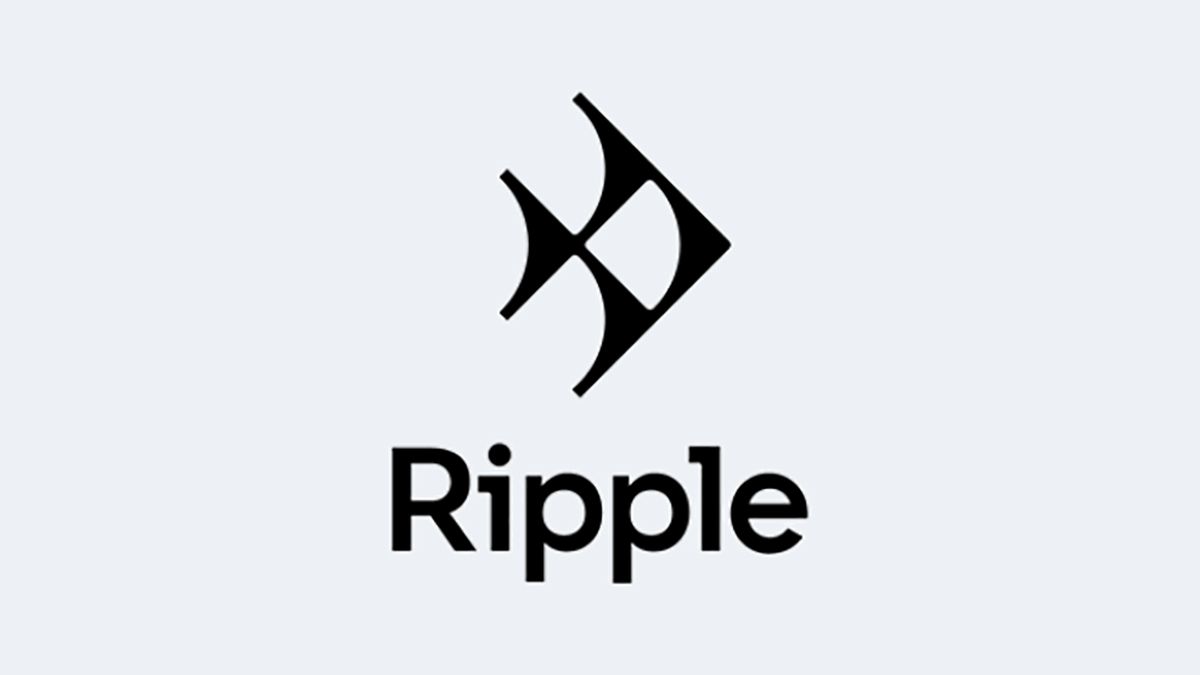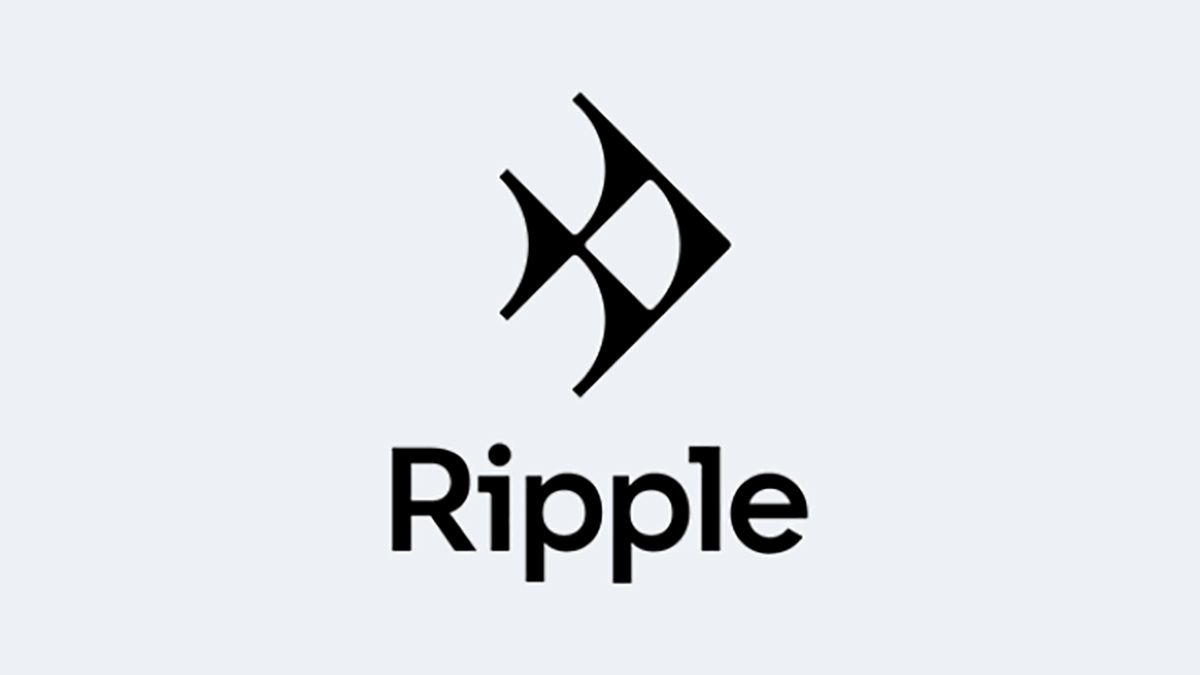
Google has used the opportunity of CES 2022 to launch Ripple, an open standard of protocols for putting radar capabilities into consumer devices. Companies including Ford, Texas Instruments, and blood sensor maker Blumio are already on board.
CES organizer the Consumer Technology Association (CTA) is hosting Ripple for the time being, with the goal to “enable hardware / software interoperability and accelerate the growth of applications for general purpose consumer radar”.
As noted by 9to5Google, the initiative comes out of the Advanced Technology & Projects (ATAP) group at Google, previously responsible for Project Soli – miniature radar tech built into the Pixel 4, Pixel 4 XL, and the 2nd-gen Nest Hub.
The Ripple effect
Those Google gadgets demonstrated some of the uses of radar components: detecting hand gestures above a phone, for example, and monitoring your movements during sleep without any need for a wearable. However, even within Google’s family of hardware devices the tech hasn’t been widely adopted.
Ripple should make it easier for other manufacturers and software developers to get involved, and semiconductor makers Infineon and NXP have also signed up to the project. How long it’ll be before we see new devices as a result of Ripple remains to be seen.
“Ripple will unlock helpful innovation that benefits everyone,” said Ivan Poupyrev, the Director of Engineering and Technical Projects Lead at Google ATAP. “General purpose radar is a key emerging technology for solving critical use cases in a privacy-respecting way.”
Analysis: radar is more useful than you might think
If you’ve used a Pixel 4 or Pixel 4 XL, then you’ll know that the motion-sensing radar module they include can actually be very useful – not just for recognizing gestures, but also for detecting when the device is being moved and when it’s about to be picked up (alarms can get quieter as you reach your hand over to switch them off, for instance).
Google didn’t include the same capabilities in the Pixel 5 or Pixel 6 phones, despite making noises that it was still invested in the technology for the long term. Radar-powered sensing did make it into the most recent Nest Hub though, enabling it to monitor your sleep from the side of the bed.
The Ripple team suggests potential applications including non-invasive wellness monitoring, occupancy detection in buildings, human activity recognition (for everything from tracking exercise to detecting falls), and touchless gesture controls. As The Verge notes, it could also enable driver assist technologies inside cars.
Most of these features can be offered with cameras and other kinds of sensors, but miniaturized radar offers benefits in terms of speed and accuracy that other approaches can’t match. At the moment, radar components are developed on a one-off, bespoke basis, something which Ripple is aiming to change.
